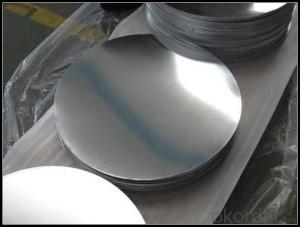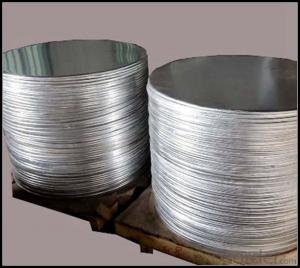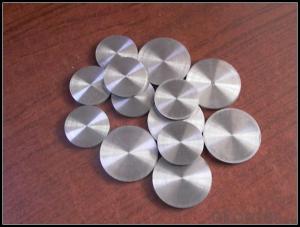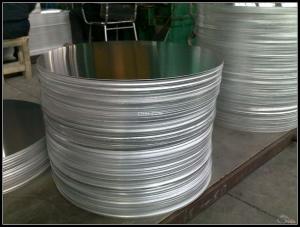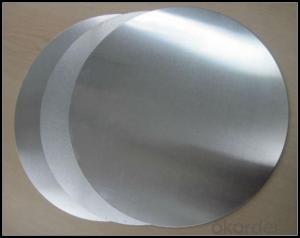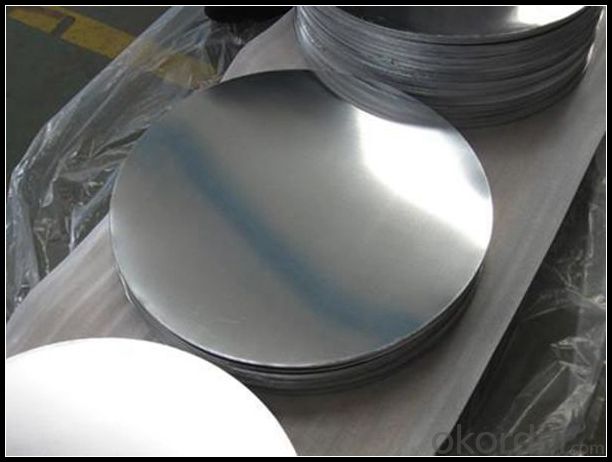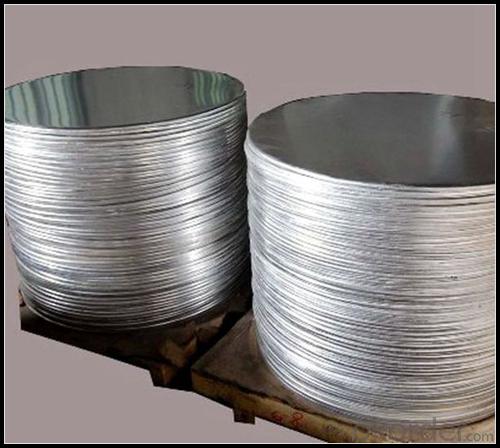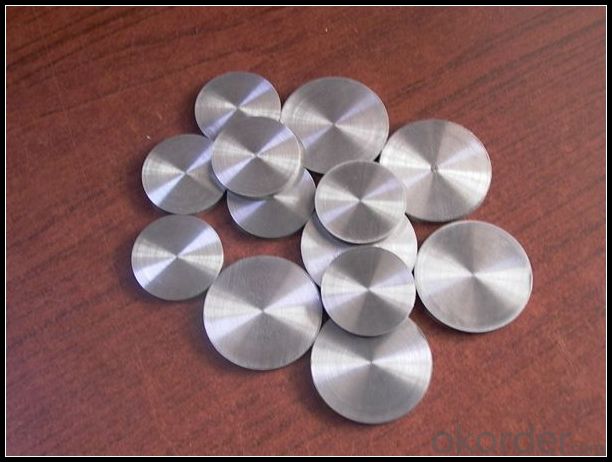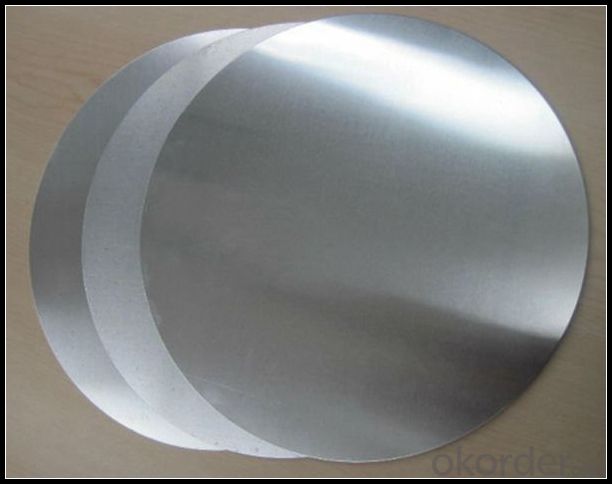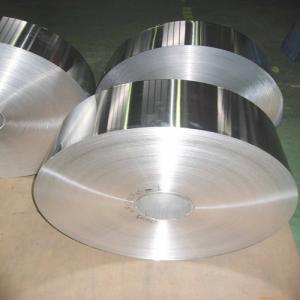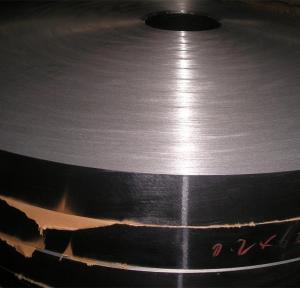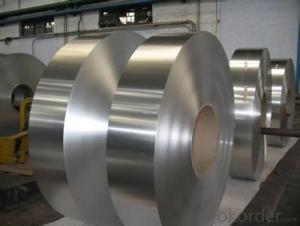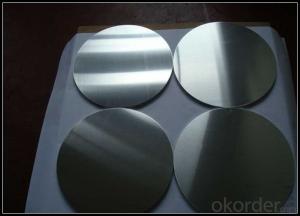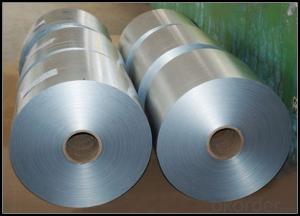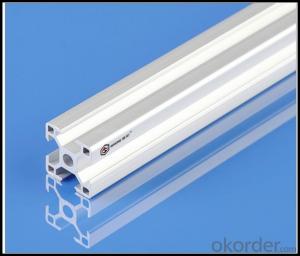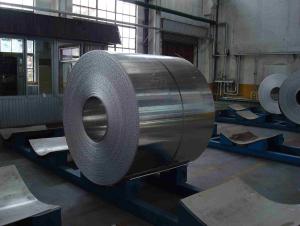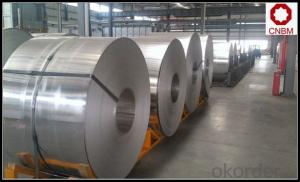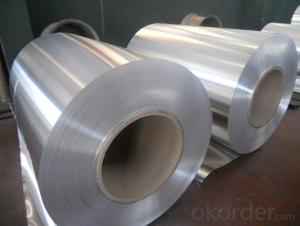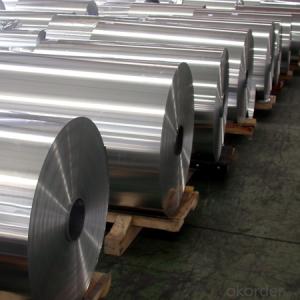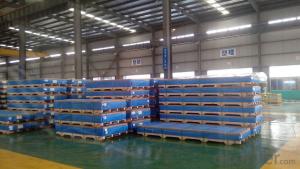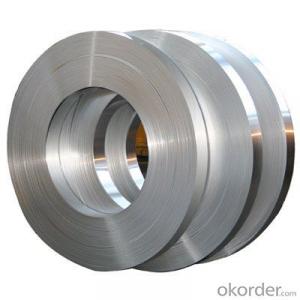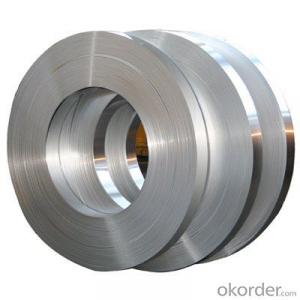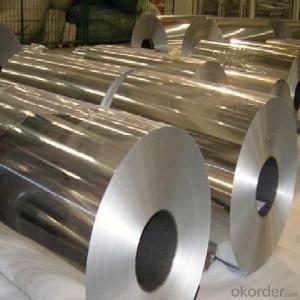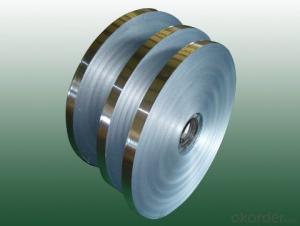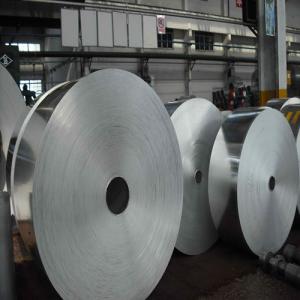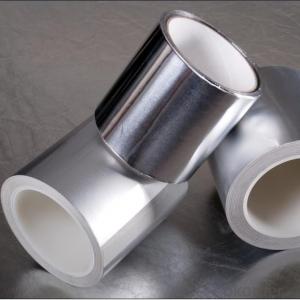1050 1100 H112 H14 H24 Brushed Aluminum Strips Coil Sheet
- Loading Port:
- Tianjin
- Payment Terms:
- TT OR LC
- Min Order Qty:
- 1 m.t.
- Supply Capability:
- 4999 m.t./month
OKorder Service Pledge
OKorder Financial Service
You Might Also Like
Specification
1. Specification of Aluminum
1) Alloy | 1050, 1060,1100, 3003 3004 3105 3005 5005 5052 etc |
2) Temper | O/H12/H14/H1/H18/H32/H34/H36/H38//H111/H112/H116/H321/T6/T651/T3/T351 etc |
3) Thickness | 0.1mm to 6mm |
4) Width | 20mm to 3300mm |
5) Coil weight | 100kgs to 6 tons depends on actual requirement |
6) Core material | Aluminum alloy |
7) Coil Inner diameter | 76mm, 152mm,or as required |
2. Application of Aluminum
(1).Interior: Sulfates...
(2).Exterior: Chlorides...
(3).Advertisement:Aluminium alloys in structural applications
3. Feature of Aluminum
Aluminium oxide (Al2O3) and the associated oxy-hydroxides and trihydroxides are produced or extracted from minerals on a large scale. The great majority of this material is converted to metallic aluminium. In 2013 about 10% of the domestic shipments in the United States were used for other applications.[61] A major use is as an absorbent. For example, alumina removes water from hydrocarbons, which enables subsequent processes that are poisoned by moisture. Aluminium oxides are common catalysts for industrial processes, e.g. the Claus process for converting hydrogen sulfide to sulfur in refineries and for the alkylation of amines. Many industrial catalysts are "supported", meaning generally that an expensive catalyst (e.g., platinum) is dispersed over a high surface area material such as alumina. Being a very hard material (Mohs hardness 9), alumina is widely used as an abrasive and the production of applications that exploit its inertness, e.g., in high pressure sodium lamps.
4. Certificate:
SGS and ROHS(if client request, paid by client), MTC(plant provided), Certificate of Origin(FORM A, FORM E, CO), Bureau Veritas and SGS (if client request, paid by client), CIQS certificate
5. Image of Aluminum
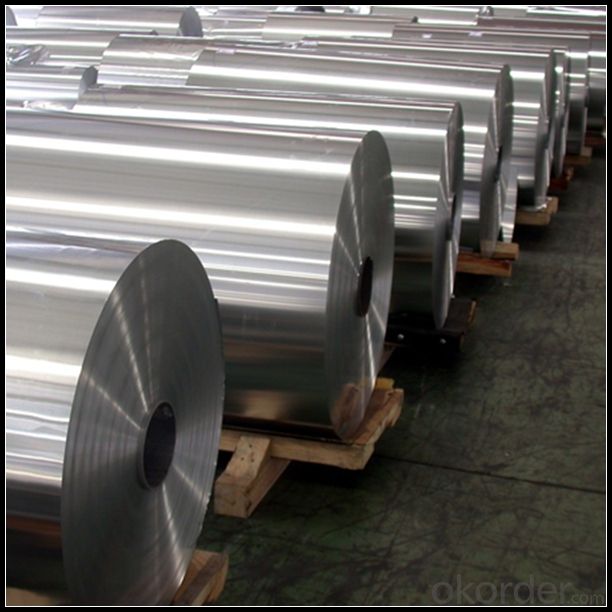
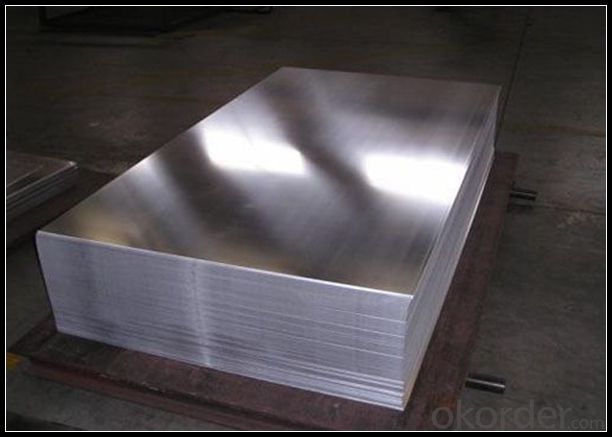
6. Our Service
1. Reply your enquiry in 24 working hours. |
2. OEM, buyer design, buyer label services provided. |
3. Exclusive and unique solution can be provide to our customer by our well traned and professional engineers and staffs. |
4. We can provide free sample for your check |
5. We have the certification of ISO 9001 |
6. Timely delivery |
7. Special discount and protection of sales area provided to our distributor. |
8. Good after-sale service. |
7. FAQ
Q: What is the produce prase? | ||||
A: Normally it would be 40days after received your deposit. | ||||
Q: Can you provide free samples? | ||||
A: Yes, free samples will be sent to you on freight at destination. | ||||
Q: Can I get your latest catalogue? | ||||
A: Yes, it will be sent to you in no time. | ||||
Q: What is the MOQ? | ||||
A: 3 tons | ||||
Q: What are your payment terms? | ||||
A: We accept L/C, D/A, D/P, T/T, West Union,etc. |
- Q: What specific conditions or considerations are needed when installing aluminum strips for flooring in cold weather conditions?
- <p>In cold climates, using aluminum strips for flooring requires considering thermal expansion and contraction due to temperature changes. It's crucial to allow for adequate expansion gaps to prevent buckling or warping. Additionally, it's important to use aluminum alloys with good low-temperature toughness to prevent brittleness. Proper insulation and a stable subfloor temperature are also necessary to maintain the integrity of the flooring. Always consult with a professional or manufacturer for specific recommendations tailored to the climate and project requirements.</p>
- Q: The question asks if it's possible to use aluminum strips for insulating the exterior walls of a building.
- <p>Yes, aluminum strips can be used for exterior wall insulation, but they are typically used as a vapor barrier or as part of a metal stud framing system rather than as an insulating material themselves. Aluminum is a good conductor of heat, so it's not an insulator. Instead, it's often used to create a barrier against moisture and air infiltration. For insulation, materials like fiberglass, cellulose, or foam are more appropriate. Aluminum strips can help secure insulation boards in place and provide a base for attaching exterior finishes.</p>
- Q: What types of aluminum are more cost-effective for specific applications?
- <p>Yes, there are different types of aluminum alloys that offer varying degrees of cost-effectiveness depending on the application. For instance, 1100 series aluminum, which is 99% pure, is the most cost-effective due to its low alloying content but has limited strength. On the other hand, 6000 series alloys, like 6061, are stronger and more durable, making them ideal for structural applications but slightly more expensive. The choice depends on factors like strength, corrosion resistance, and weight requirements, which can influence the cost-effectiveness of an aluminum alloy for a specific use.</p>
- Q: This question asks about the environmental effects of utilizing products made from recycled aluminum.
- <p>Using recycled aluminum products has several positive environmental impacts. It conserves natural resources by reducing the need for mining new aluminum, which is energy-intensive and can lead to habitat destruction. Recycling aluminum uses only 5% of the energy required to produce aluminum from raw materials, significantly reducing greenhouse gas emissions. Additionally, it decreases waste in landfills, as aluminum is infinitely recyclable without losing quality. This process also reduces water pollution and soil degradation associated with mining activities. Overall, the use of recycled aluminum products contributes to a more sustainable and environmentally friendly economy.</p>
- Q: Is it possible to manufacture high-quality aluminum strips exclusively from recycled materials?
- <p>Yes, high-quality aluminum strips can be made from recycled materials. The recycling process allows for the production of aluminum that is often indistinguishable from primary aluminum in terms of quality. Recycling aluminum is more energy-efficient and has a lower environmental impact compared to mining and refining new aluminum. The process involves melting the scrap aluminum, which can be sourced from various products, and then casting it into new forms, such as strips. This not only conserves resources but also reduces waste, making it a sustainable practice in the aluminum industry.</p>
- Q: What unique considerations must be taken into account when storing and transporting aluminum strip stock?
- <p>Yes, there are special requirements for storing and transporting aluminum strip stock. Aluminum is sensitive to moisture and can corrode, so it must be kept dry. It's also important to avoid scratches and dents, which can occur if the material is mishandled. Aluminum strip stock should be stored in a clean, dry environment, away from chemicals that could cause corrosion. When transporting, it should be secured to prevent movement that could lead to damage. Protective coverings or wrappings are often used to shield the material from the elements and potential physical impacts.</p>
- Q: Is it possible to use aluminum strips for decking purposes or for a neighbor's house?
- <p>Yes, you can use aluminum strips for your deck or your neighbor's house, provided it is for decorative or structural purposes approved by local building codes. Aluminum is known for its durability, resistance to corrosion, and low maintenance requirements, making it a popular choice for outdoor applications like decks. However, it's important to check with local regulations and consult with a professional to ensure the proper installation and use of aluminum strips to avoid any safety or legal issues.</p>
- Q: What specific tools are required for the installation of aluminum strips on a roof or wall?
- <p>To install aluminum strips on a roof or wall, you generally need a few special tools. These include a measuring tape for precise measurements, a level to ensure the strips are straight, a drill for making holes, and screws or nails for securing the strips. A utility knife may be required for cutting the strips to size, and a pry bar can help with positioning. Safety equipment like gloves and goggles is also essential to protect against sharp edges and debris.</p>
- Q: Is it possible to utilize aluminum strips in outdoor settings?
- <p>Yes, aluminum strips can be used for outdoor applications. They are known for their corrosion resistance, making them suitable for outdoor environments where they may be exposed to various weather conditions. Aluminum's durability and lightweight properties also make it a popular choice for outdoor construction and decoration. However, it's important to ensure that the aluminum is properly treated or coated to enhance its resistance to weathering and maintain its appearance over time.</p>
- Q: The user is inquiring if it's possible to utilize recycled aluminum for their roofing project.
- <p>Yes, you can use recycled aluminum for your roofing project. Recycled aluminum is not only environmentally friendly but also cost-effective. It retains the same strength and durability as new aluminum, making it an excellent choice for roofing. It's lightweight, resistant to corrosion, and can be easily shaped and installed. Additionally, using recycled aluminum helps reduce waste and conserves natural resources. However, it's important to ensure that the recycled material meets quality standards and is sourced from a reputable supplier to guarantee its performance and longevity.</p>
Send your message to us
1050 1100 H112 H14 H24 Brushed Aluminum Strips Coil Sheet
- Loading Port:
- Tianjin
- Payment Terms:
- TT OR LC
- Min Order Qty:
- 1 m.t.
- Supply Capability:
- 4999 m.t./month
OKorder Service Pledge
OKorder Financial Service
Similar products
Hot products
Hot Searches
Related keywords
